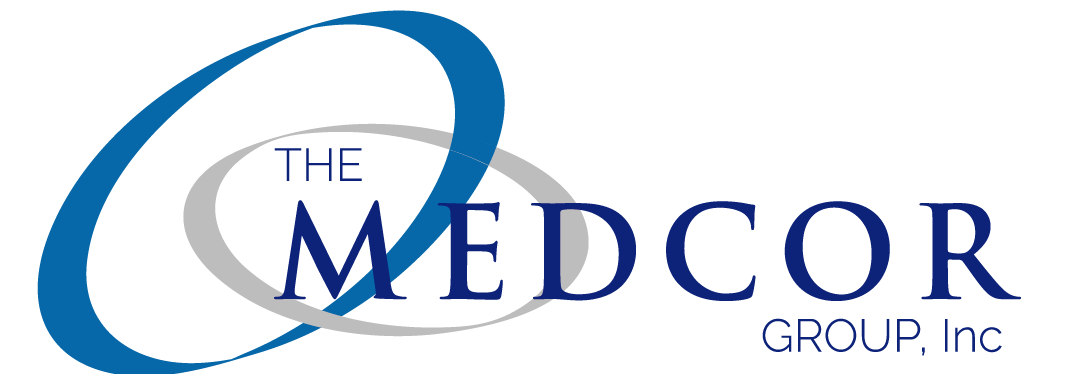Beginning October 1, 2014 audiology professionals and speech language pathologists will be required to use the new ICD-10-CM system which replaces the current ICD-9-CM system. ASHA has developed a number of resources designed to help audiologists and speech language pathologists prepare for the looming deadline. Being proactive and preparing during the early part of the year will help professionals avoid hassles and even reimbursement issues down the line.
Mapping Tools
ASHA has developed an ICD-9 to ICD-10 mapping tool that allows medical professionals to map old codes to the new codes found in ICD-10. This is a web-based tool that should work on any browser and even on mobile devices making it extremely easy to use and effective. Interested parties can click here to begin utilizing this tool. Individuals simply need to enter an ICD-9 code to begin the mapping process.
Spreadsheets For Your Convenience
ASHA has uploaded two different Excel spreadsheets that detail ICD-9 to ICD-10 mappings for both audiologists and speech language pathologists. The spreadsheets are extremely detailed and should give individuals working in both professions a very clear and precise idea of not only the mappings but how the system will work after the transition has been completed. Audiologists can click here for their spreadsheet and speech language pathologists can click here for theirs.
Manageable Codes and Lists
With over 68,000 codes in the fields of audiology and speech language pathology professionals can look forward to a more streamlined and discipline specific lists after the transition has been completed. As is the case with the aforementioned spreadsheets, ASHA provides us with two additional documents related to hearing and vestibular disorders as well as codes related to speech, language, and even swallowing disorders.
Don’t Procrastinate
Whilst the year is still early, the waning months of 2014 will soon be upon us. The more proactive audiologists and speech language pathologists are the smoother and easier this transition will be. Not only on them but on their entire staff and practices as well. Asking questions and becoming familiar with the mapping and all the new codes will help professionals avoid costly problems as October 1, 2014 draws ever closer.
